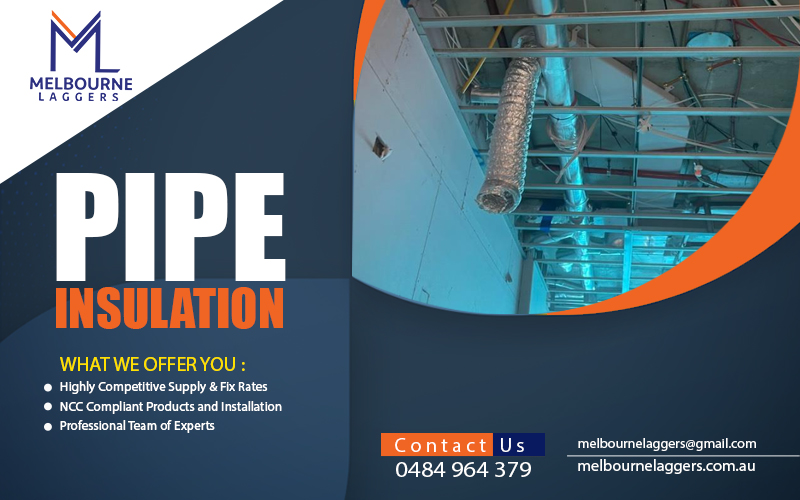Pipe Lagging Wrap - A comprehensive guide
A pipe wrap is an easy solution for protecting pipes against corrosion and abrasion. It impacts piping applications for petroleum refineries, chemical handling and mining activities. Pipe Lagging Wrap is designed to repair leaks while it helps in resisting heat and harsh chemicals. The primary function of lagging wrap is to insulate pipes to prevent heat loss and to prevent the formation of condensation. The wrap is also used to protect pipes from damage due to external factors such as vibration, impact, and temperature fluctuations.
What is pipe lagging wrap?
Pipe
lagging wrap is a crucial component in the construction, maintenance, and
repair of heating, ventilation, and air conditioning (HVAC) systems. Pipe
lagging wrap insulation reduces the amount of noise that transmits through the
walls of ductwork, PVC and cast iron pipes.
Types of Pipe Lagging Wrap -
There
are various types of pipe lagging wrap, these are -
1 . Fiberglass
Lagging Wrap:
This
type of wrap is made from fibreglass and is a popular choice due to its low
cost and high level of insulation. It is also lightweight and easy to install.
However, it is not as durable as other types of lagging wrap and can become
brittle over time.
2 . Foam
Lagging Wrap:
Foam
lagging wrap is a more durable option and provides better insulation compared
to fiberglass lagging wrap. It is also resistant to moisture and is less likely
to become brittle over time. However, it is more expensive and can be more
difficult to install than fiberglass lagging wrap.
3 . Aluminum
Foil Lagging Wrap:
This
type of wrap is made from aluminium foil and is known for its high level of
reflectivity. It is particularly useful in applications where heat needs to be
reflected away from the pipes. However, it is not as effective as an insulator
and is more expensive than other types of the lagging wrap.
4 . Rubber
Lagging Wrap:
Rubber
lagging wrap is a durable solution providing good insulation. It is also
resistant to moisture, vibration, and impact. However, it is more expensive and
heavier than other types of lagging wrap, which can make it more difficult to
install.
Importance of Pipe Lagging Wrap -
Firstly, it prevents heat loss. This is important because heat
is the primary energy source for heating systems, and any heat loss results in
inefficiency and increased energy costs. Additionally, it can also cause pipes
to freeze and burst during cold weather, which can lead to costly repairs.
Secondly, pipe lagging wrap prevents condensation. When pipes are
not properly insulated, the warm air inside the pipes condenses and forms water
droplets, which can cause corrosion and damage to the pipes over time.
Thirdly, lagging wrap protects pipes from damage due to external
factors. Pipes can be damaged by vibration, impact, and temperature
fluctuations. The lagging wrap helps to absorb these impacts and reduce the
risk of damage.
Installation
process of Pipe Lagging Wrap -
The
installation process for pipe lagging wrap varies depending on the type of wrap
being used.
Here
are the basic steps for installing fiberglass and foam lagging wrap:
Clean
the pipes: Before installing
the lagging wrap, the pipes need to be cleaned to ensure that the wrap adheres
properly. Use a cloth and a mild cleaning solution to remove any dirt or
debris.
Cut
the wrap to size: Measure the
length of the pipes and cut the lagging wrap to size, making sure to add a few
extra inches to the length to allow for overlap.
Apply
the wrap: Start at one end of
the pipe and wrap the lagging wrap around the pipe, overlapping each layer
slightly. Continue wrapping until the entire pipe is covered.
Reach out to us at MELBOURNE LAGGERS to ensure providing solutions to protect the condition of the pipes. Get a high-quality Chilled Pipe Insulation service that would enhance the protection of the system. The professional and efficient team makes sure to make the installation easy and deliver smooth work.




Comments
Post a Comment